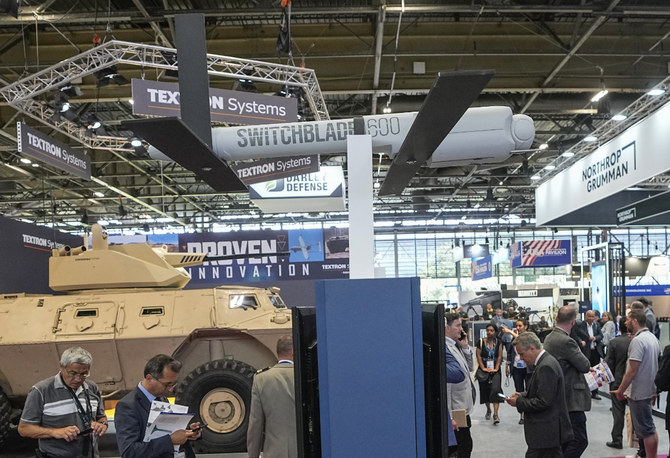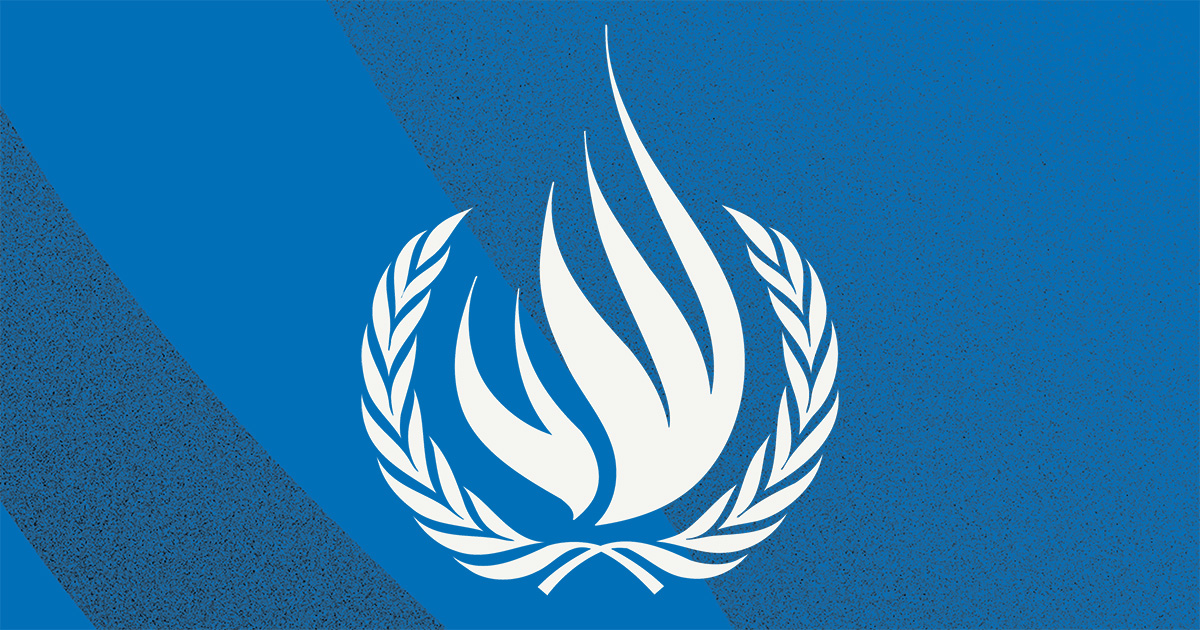
Washington’s newly imposed sanctions on Iran have given rise to many speculations concerning the fate of Tehran’s recently stepped up investments in Syria.
Despite Iran and Syria labeling their relationship as ‘strategic’ when it comes to political, military and security cooperation, their economic ties have remained humble with a small trade exchange valued at $361 million between 2010 and 2011.
Most of trade happening between the two is skewed to benefit Iran, and fails to meet forecast hopes. Both Damascus and Tehran had hoped to achieve a whopping $2 billion exchange.
Iranian investment is at the bottom of the list when compared with other countries that ventured in Syrian markets that opened up to better global trade relations in 2000. The number of projects undertaken by Iran between 2006 and 2010 totaled seven only, and included a cement manufacture plant, energy supply contracts, and car production deals involving the Syrian Iranian Car Manufacturing Company LLC (SIAMCO).
During that very same period, Turkey bagged a total of 26 investment projects in Syria. Back in 2010, the Syria government approved 37 foreign investment projects, ten of which belonged to Turkey.
After the 2011 uprising set Syria on a downward spiral of bloodshed and devastation, the country’s gross domestic production took a crippling blow and bled an estimated $226 million in losses. Syria’s currency lost up to 90 percent of its value, leaving 85 percent of the Middle Eastern country’s population below the poverty line.
In the aftermath of the Syria Civil war, unemployment aggravated to a staggering 53 percent in 2015 and coincided with depleted national foreign currency reserves, with reports saying the country was left with a diminishing 5.88 percent of its pre-war foreign currency reserves.
Reaching such a tattered state of affairs forced the Syrian regime to seek out squeezing more economic help from Iran, in addition to military and political support. Responding to regime calls, Tehran increased its economic input in Syria by late 2011.
Nevertheless, the contribution did not come by for free. Iran soon subdued the Syrian regime by inking multiple agreements stringing across the entirety of Syrian economic sectors. Quintessential to its influence in Syria, Tehran secured a considerable share in production industries linked to the war-torn country’s sovereign wealth and natural resources.
These stakes were handed over to Iran to settle outstanding debts.
In August 2013, Tehran loaned Damascus $3.6 billion to cover for the regime’s oil derivatives expenditure. But it was agreed that the money buys Iranian oil exclusively.
Later in July 2017, Bashar Assad approved his country acquiring another $1 billion loan to finance exports.
Syria’s energy, telecommunications, financial, construction and industrial sectors-- to some degree--are spending Iranian credit. But it will not be a walk in the park for Iran to secure its share of the Syrian economy.
Russia, a strong regime ally, is also seeking to grab serious investment projects in Syria. In light of competitiveness, observers believe that Moscow might use US sanctions to sway the situation in its favor, especially in forcing the Syrian regime to hand over energy sector concessions, previously promised to Iran, to Russian companies.
US sanctions are also expected to reduce the spread of Iran proxy militias in Syria because of lack of funds—signs of the US economic sanctions effecting Iran’s regional standing began showing as Russian troops began replacing Iran-linked forces in military outposts in eastern Syria.
For example, Russian forces have taken control of locations, formerly held by Iranian militias, in Abu Kamal, a city on the Euphrates river in eastern Syria’s Deir Ezzor province near the border with Iraq.












